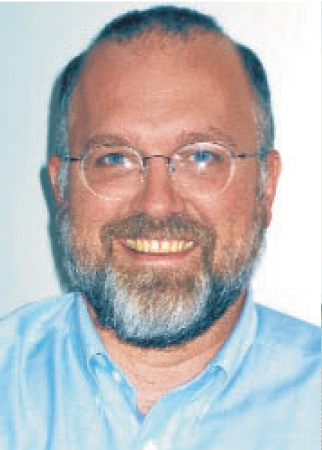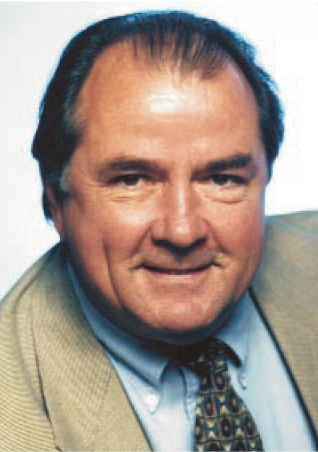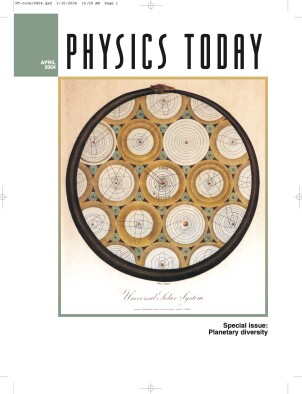Magnet Lab Attracts Boebinger
DOI: 10.1063/1.1752418
Gregory Boebinger has been tapped to head the National High Magnetic Field Laboratory. This month, he moves from Los Alamos National Laboratory (LANL) to the NHMFL’s headquarters in Tallahassee, Florida, to succeed founding director Jack Crow.
At the top of Boebinger’s to-do list is putting together a proposal for renewed funding for the magnet lab, which has some 300 scientists and engineers on staff, hosts more than 400 user groups annually, and gets about $25 million a year from NSF. The agency will decide later this spring whether to open the funding to competition for 2006–10. “We’ll find out if we are competing against our own past accomplishments or against others’ proposals,” says Boebinger.
“A major focus of my efforts will be publicizing the role of the high magnetic field lab both to the general public and to the international science community,” he says. “High magnetic fields are at a certain stage of maturity. We are delivering intense fields reliably. One challenge will be developing new areas of research—in chemistry, physics, materials science, biology, medicine, and geology.”
In particular, Boebinger says, “we are looking into bringing high fields to neutrons and photons to magnets.” That would involve installing a magnet facility at a neutron source and building a synchrotron light source at the magnet lab. “To a large extent,” he adds, “we have not taken advantage of marrying those experimental techniques. High magnetic fields drive phase transitions in materials of interest, but right now there is no way to study the magnetic and crystal structure in the high magnetic field states.”
The tri-campus NHMFL boasts three dozen or so magnets that are unique to the magnet lab, says Boebinger. “The crown jewel is the 45-tesla hybrid in Tallahassee. It’s the world’s largest both physically and in terms of peak field.” As examples of key research findings at the lab, Boebinger points to using ion cyclotron resonance to accurately weigh heavy molecules—of interest, for example, to the petroleum and pharmaceutical industries—and, with the University of Florida’s Evelyn F. and William McKnight Brain Institute, visualizing paramagnetic probes in living cells for gene therapy studies.
The strengths of the magnet lab’s Tallahassee branch at Florida State University are nuclear magnetic resonance and continuous field electromagnets. Its smaller outpost on UF’s Gainesville campus offers magnetic resonance imaging and ultra low-temperature capabilities. The third branch of the lab is a pulsed magnetic field facility at LANL, where Boebinger had been since 1998, most recently as deputy director of the materials science and technology division.
Crow, who is stepping down after 12 years in the top job to shift his focus from management to research and teaching, says, “I think Greg will do an absolutely outstanding job.”

Boebinger
KAREN BOEBINGER


Crow
KAREN BOEBINGER

More about the Authors
Toni Feder. American Center for Physics, One Physics Ellipse, College Park, Maryland 20740-3842, US . tfeder@aip.org
